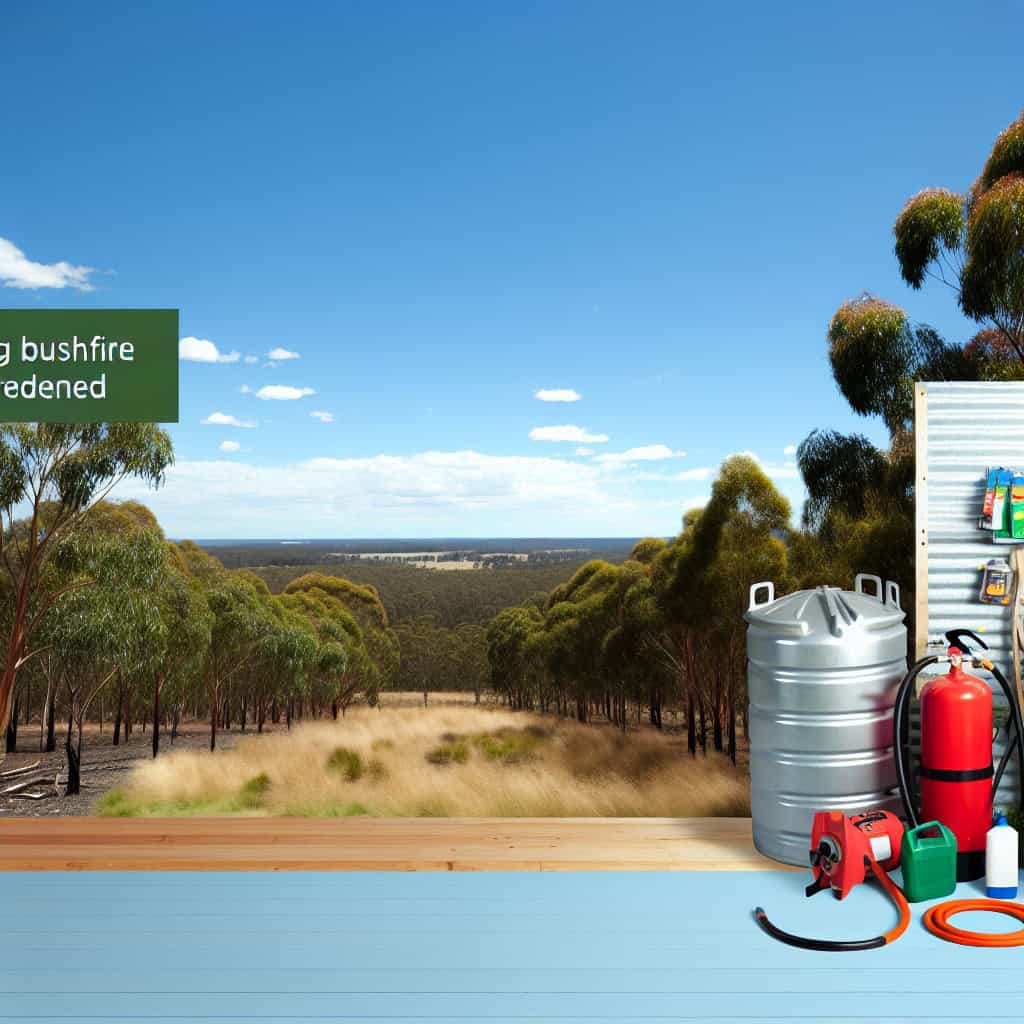Discover the impact of devastating bushfires in Australia on biodiversity and ecosystems. Learn how firefighting efforts shape our environment.
The Blazing Reality of Australian Bushfires 🔥.
Australia is known for its stunning scenery, from beautiful beaches to lush rainforests. But it also has another fierce reputation: bushfires! These fiery events can be devastating, leaving landscapes charred and affecting animal habitats. Understanding firefighting in Australia and its relationship with these bushfires is essential to appreciating the natural world we live in.
Bushfires happen for various reasons: whether intentional (looking at you, arsonists!), accidental (oops, that campfire!), or due to natural causes (thanks, lightning!). These blazes can spread quickly, sometimes consuming thousands of acres of land in just a few hours. They become an inferno, enveloping everything in their path! But fear not—Australia’s brave firefighters are always at the ready!
The Heroes in Yellow 🚒
When you think of firefighters, you might picture those brave souls rushing into burning buildings. But Australian firefighters’ job often means tackling wildfires that endanger public safety and the environment. These experts not only fight the flames, but they study the conditions leading to bushfires and develop strategies to prevent them.
To make it even cooler, firefighting teams often collaborate with the public. Did you know that while they wear orange and yellow suits, locals wear bright orange vests too? They work alongside local communities, creating Firewise programs to help residents understand fire safety. Teamwork makes the dream work!
The Ecological Giggle: Nature’s Comeback! 🦘
Wildfires, while often lethal, aren’t all doom and gloom for Australia’s biodiversity. Surprisingly, many ecosystems here have adapted to fire over the years. Some plants, like certain eucalypt species, need fire to reproduce; their seeds only germinate after exposure to high heat. Talk about nature’s party trick! 🎉
After a bushfire burns an area, an ecosystem might seem like a war-torn battlefield. But give it some time, and where you saw ash, new life will sprout! Seedlings will pop up, trees will regrow, and animals will return. Nature has a funny way of bouncing back—even after the worst bushfire.
Firefighting Techniques: The Hot Topic 🌪️
Fighting bushfires is no joke; it’s seriously risky business! Firefighters use various techniques to control wildfires. One approach is creating controlled burns (also known as backburning), where firefighters intentionally light small, low-intensity fires. This reduces fuel for potential larger fires—a smart strategy, huh? 🧠
Another technique is firebreaks! Imagine a moat around a castle—it can help keep fire at bay. Firefighters clear away grass, shrubs, and trees to create these firebreaks. When fires approach, they hit the break and lose intensity. This creates a much safer environment for both wildlife and communities.
Long-Term Effects: The Smoke Clears 🌳
Bushfires can cause immediate destruction, but the long-term effects on biodiversity and ecosystems are complex. The question arises: how do our ecosystems adapt once the flames have subsided?
While some animals struggle, others will thrive post-fire. For instance, fire can encourage biodiversity by making room for new plant species to emerge. When the forest gets thinner, it allows more sunlight in. And with sunlight comes new growth—hello, greener pastures! 🌼
One of the heavyweights in the aftermath is soil quality. Fire releases nutrients back into the ground, enriching the soil. This gives plants the kickstart they need to rebound. However, we’ve got to watch out for soil erosion after a blaze—when vegetation goes bye-bye, the soil can be swept away by rain. Yikes!
Saving Our Critics: Fighting Back Against Wildlife Loss 🌍
Animals caught in the flames often face unprecedented challenges. Species that narrowly escape can easily lose their homes or food sources. For example, koalas and other marsupials are particularly vulnerable post-bushfire. That’s why firefighting doesn’t end when flames subside. Many organizations — including dedicated wildlife rescuers — work nonstop to rehabilitate and rescue critters affected by bushfires.
Ever heard of Wildlife Land Trust? They have fantastic programs to assist wildlife during the recovery process! From providing rehabilitation services to creating safe havens for animals, they’re doing everything they can to help Mother Nature heal. 💚
Building Resilience: Community Power! 💪
A community that supports each other is a resilient one. Firefighters aren’t just the only warriors; the Australian spirit shines brightly through community efforts to prepare for future bushfires. Local schools often hold events to educate children, families create fire plans, and community groups help clean areas prone to fires. Together, they help foster resilience against future threats.
Additionally, ongoing research on climate change helps firefighting organizations. With scientists tracking changing climate patterns, firefighters can make better decisions. Understanding how and when fires are likely to occur allows communities to be proactive!
In Conclusion: Bushfires Are Part of the Cycle 🔄
While the effects of bushfires can be devastating, they are also a part of Australia’s unique ecosystem. Firefighters play a significant role in managing these crises, helping both the environment and the wildlife recover. But what stands out most is the collaboration between firefighters, scientists, and the community. Together, they work to ensure that both people and nature continue to thrive.
So next time you hear about a bushfire or see a firefighter swooping in, remember the larger picture! There’s always hope for recovery and resilience, and the ripple effects of these fires can shape the landscape in extraordinary ways.
Now, we challenge you to do your part! Explore more about firefighting and what’s happening in your community. Have you ever experienced a bushfire? Share your experiences in the comments and let’s continue the conversation about this fiery subject!
With the royal flush of information, the above blog post captures the essence of bushfires, firefighting, and the resilient nature of Australia. With engaging anecdotes, vivid imagery, and a touch of humor, it brings the reader closer to understanding the delicate balance of ecosystems impacted by these intense natural events.




